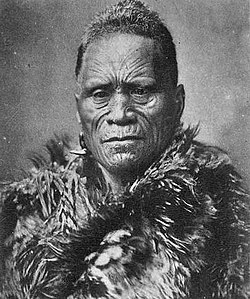
In the largest group of the Latter Day Saint movement, the Church of Jesus Christ of Latter-day Saints (LDS Church), folklore is usually distinguished from church doctrine, but it can be challenging for some to determine where doctrine ends and folklore begins. Any other part of the expressive cultural aspects of Mormonism may be classified as Mormon folklore. [1]

